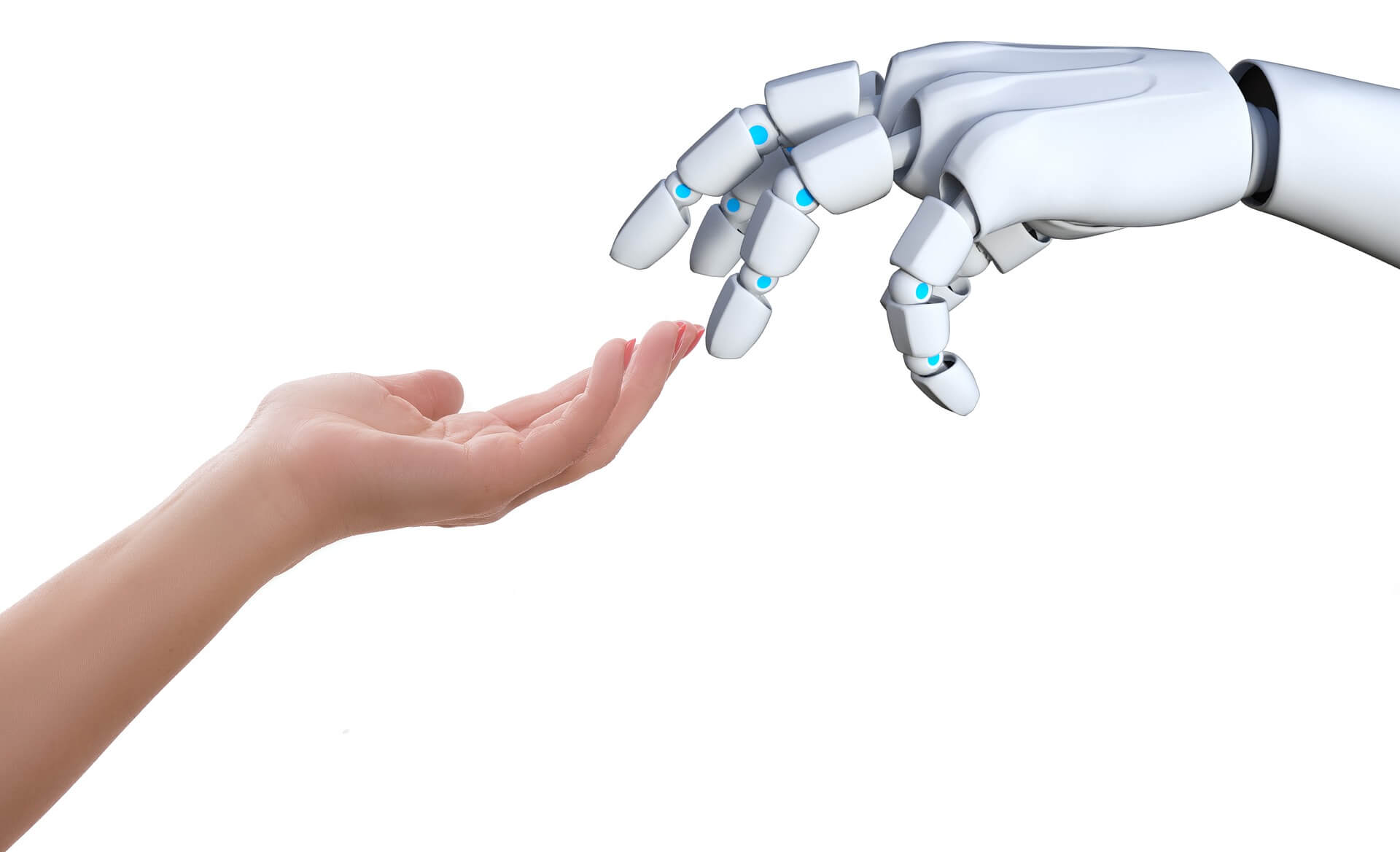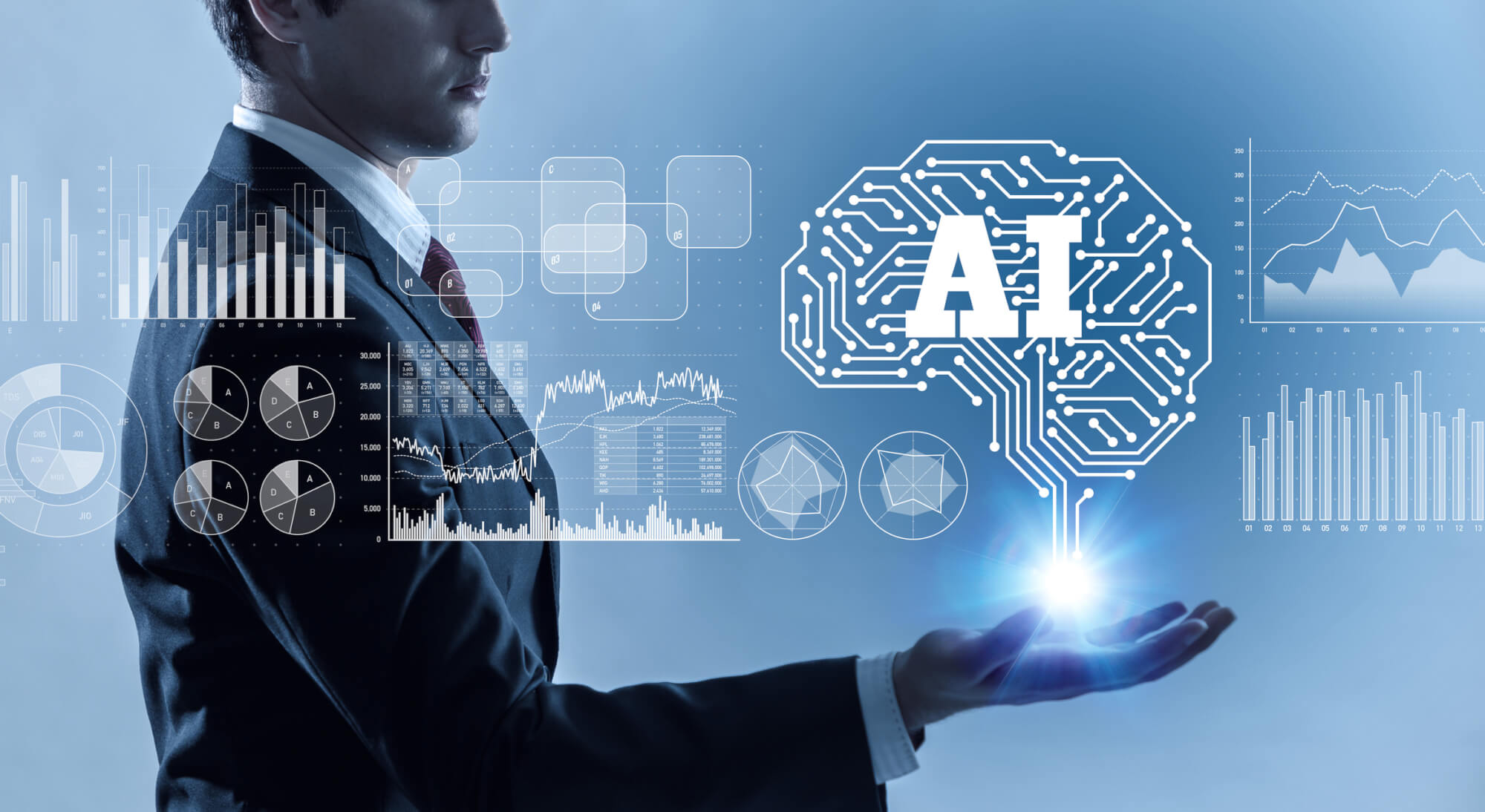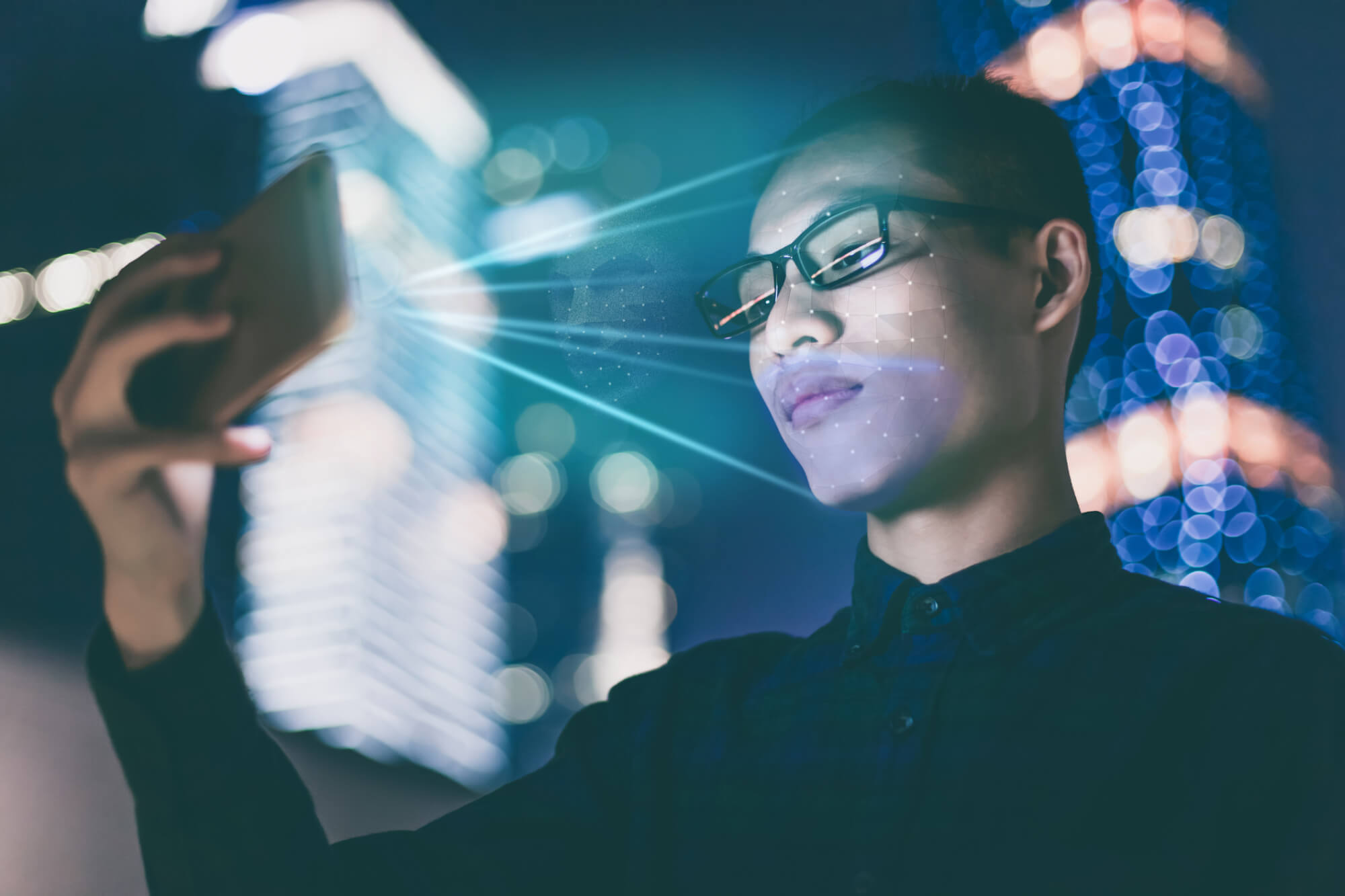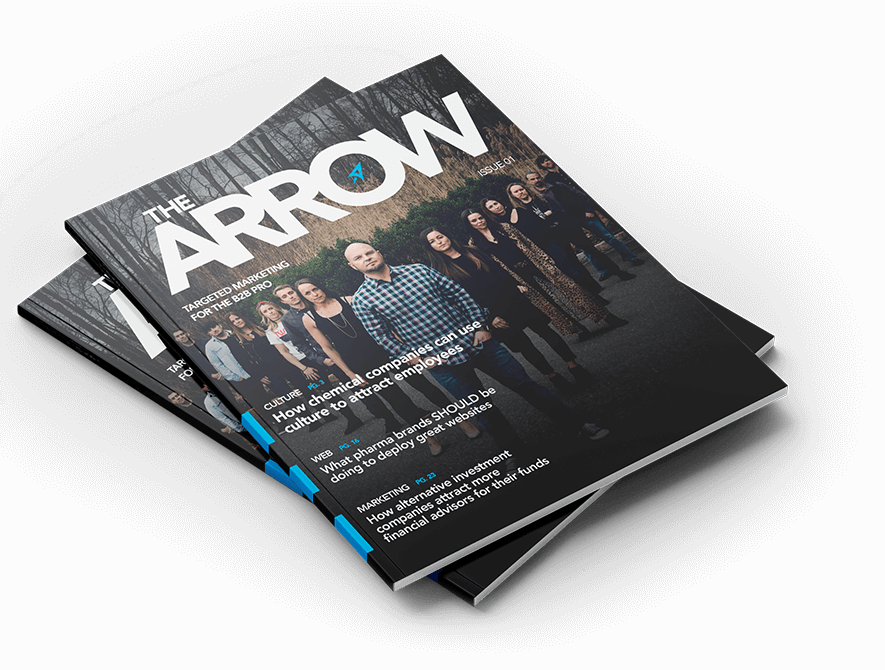The Good and the Bad: Realistic Expectations of AI in Website Design
Chris Mulvaney is the CEO of CMDS. I make things... I’m the creative entrepreneur with passion for (re)making brands and inventing solutions to problems no one knows exist.
Realistic Expectations of AI in Website Design
AI is here. No, we are not walking around the set of The Terminator, but companies around the globe are already putting AI and machine learning to use. Brands like Facebook and Google have been using AI in website design and development for years already.
You are walking around in an unfamiliar city and can’t quite remember where you parked your car? Good news! Turn on the Google Maps app and it will show you exactly where you left your vehicle.
Just get back from vacation and try uploading a few dozen photos to Facebook, only to be too daunted by the idea of manually tagging everyone? Not to worry. Facebook has figured out how to recognize faces in your photos and automatically tag them for you.
Is your email backlog driving you crazy? Answer faster with Smart Compose from Gmail. It will predictively suggest the phrase you were going to write, cutting typing time to a fraction.
And this is just the beginning.
Future of AI as a Global Problem Solver
Google and AI
Google has publicly declared that AI is a major part of its path forward. This includes its stated mission of using AI to address global societal challenges and meaningfully improve people’s lives.
Among the possibilities:
- Predict natural disasters before they happen
- Prevent endangered species from extinction
- Track paths of diseases as they spread
- Fighting wildfires
Google is actually so supportive of power of AI that they have issued a global call to action, pledging $25 million towards fostering ideas incorporating AI that address social problems.
Facebook and AI
Facebook is already using AI in seemingly innocuous ways. It automatically recognizes faces and tags your friends in photos through DeepFace. They have a proprietary tool called DeepText, which allows them to analyze user statuses and comments, recognizing context such as humor, sarcasm, and the ‘liberal’ spelling many people use online. In fact, Facebook’s entire advertising platform is based upon AI.
Every. Single. Thing. You write on your page affects Facebook’s ad targeting algorithm.
Looking ahead, Mark Zuckerberg has made it very clear that AI will play a major role in the future of Facebook. One of the primary ways his website will use AI will be for content review. After the 2016 election scandal and Russian influence, Facebook hopes to harness AI to prevent “fake news” from disseminating across its platform. Additional uses will include monitoring nudity, curtailing discrimination and preventing hate language.
Normal Websites and AI

So, yes, the behemoths of the web use AI. But does anyone else? Are companies that can’t afford their own division dedicated to AI innovation actually able to use it?
Yes. To an extent.
AI is still very much an emerging technology. And there are lots of companies working on this, hoping they produce the “magic bullet”.
The most pervasive use of AI today is chatbots.
Chatbots imitate real customer service people. They have real conversations with customers online. Most times, users have no idea they are talking to a piece of code.
Have you ever popped on a website and had the chat window open up in the bottom corner? In many cases, it is AI masquerading as a customer service agent. It references a database of knowledge and history to formulate responses to customer conversations.
Specific industries are using AI in more robust forms right now. This includes data security, supply chain management, gaming, and our good friends Siri and Alexa.
Netflix assesses your watching patterns and makes suggestions about shows and movies that you would enjoy.
Pandora does the same thing with your music listening habits.
Amazon? They have perfected the ability to analyze your browsing and purchasing behavior to proactively predict what you are interested in and most likely to buy.
So yes, AI is out there and being used. Mostly by the big guys. But things are a-changing…
Role of AI in Website Design

While the massive brands are innovating and exploring mind-blowing applications for AI on their sites and apps, the rest of the world is trying to figure out how AI fits in to their business.
For the most part, AI is being used to replace repetitive, automated tasks and jobs.
Perhaps the most accessible use of AI in website design today surrounds AI-based website builders.
Small businesses are finally creating professional websites for their brands. Medium businesses are automating the development of landing pages, web promotions, portfolios and simple microsites.
Pros of AI-based Website Builders

What do all of these projects have in common? They are simple. They can be templated.
Truly, the local mechanic shop doesn’t care if its website has the exact same layout and format as another one. Getting a professional looking website up and running – at all – is a big, and important step, for them. The fact that it’s not unique is irrelevant.
A regional retailer has an active Google PPC ad campaign and wants to create landing pages for its different lines. Using a templated layout serves their needs perfectly, while allowing them to create new ones quickly and easily and remove expired pages
Not everyone needs a custom website, nor can they afford it. In some cases, a quick and dirty site serves their purposes adequately – having some presence online.
There are currently tons of website builders to choose from, like Wix, Bookmark AiDA, Jimdo Dolphin, The Grid and many others. For the most part, all users need to do is respond to a series of questions about their company, brand, product, etc. and the AI web builder will handle the rest. Some options involve a little more user input, some a little less.
Other attractive features AI website builders have in common:
Superfast – some website builders can have a site up and running in a matter minutes.
Cheap – no to low thrills sites with just a couple of pages of static content can be basically free to create. Even adding slightly more features are extremely low cost (though they can add up)
Templates – perfect for creating multiple campaign landing pages and templated content, where you don’t need ‘original’
DIY – no need for professional web developers. Anyone can build their own site
Images – many AI-based website builders provide access to a library of stock images for clients to utilize
Cons of AI in Website Design
Where does AI fall short in website design?
It boils down to originality, innovation and support.
Choosing to use AI in website design means accepting a cookie-cutter template for your site. Sure, using really cool images can help distinguish your site from others – but do you have any?
No web builder is pushing the envelope or driving new innovation. And maybe that is ok for your site.
The thing businesses need to accept, is that they are pretty much on their own. If something doesn’t quite look right after the design wizard creates a site, the business owner needs to figure out how to fix it on their own – or just accept it.
Oh, and do you remember how we have been talking ad nauseum about mobile, mobile MOBILE? That’s because it’s darn important. And these website builders are designed for websites, not mobile sites or responsive sites. So, if your customers are mobile-users (and they are, we promise), your site may not stack up.
One of the most important reasons businesses publish websites is to gain new customers. Be it through organic search or paid search or simply to have a place to direct people they reach offline. Unfortunately, many of the AI-based web builders skimp on SEO optimization capabilities. A lot of back-end work goes into creating websites that can be found via search. Much of that is missing from these automated platforms.
Yet, arguably the most significant failing of AI web design is the very reason it is so attractive.
No humans involved.
That means no strategy. Machine learning will only take you so far. It can’t help you figure out what kinds of pages you need. What the optimal digital sales funnel looks like on your site. Where and when to include Calls to Action. The human brain is still the only thing capable of providing forward-looking strategy and identifying growth opportunities.
To sum, the biggest drawbacks to AI-based website design, include:
- Cookie-cutter templates
- Minimal support if something goes wrong
- Zero strategy to help grow, refine or improve
- No “fixes” if something doesn’t “look right”
- No out-of-the-box solutions to unique needs
- Mobile-last philosophy
- Not SEO-optimized
- Not as easy to use as it appears on the surface
Implications of Growing Trend of AI in Website Design

One of the biggest clapbacks to the burgeoning AI trends is worry about job loss.
“Will replacing jobs with machines increase unemployment?”
Yes and no.
Are we looking at the beginning of the “Rise of the Machines” ala Battlestar Galactica, Westworld or iRobot? Not even close. Outside of Hollywood, robots aren’t poised to take over the world.
Will some repetitive and assembly line-type tasks be reassigned to computers. Definitely.
Consider the major technological advancements in history. From agricultural to industrial. The advent of computers and the information age.
Every single one of these made life easier for mankind, eliminating menial or labor intensive jobs in favor of the new technology. For sure, there are significantly less farmers in the world now. And NASA is no longer employing ‘human calculators’ to ensure launches go successfully.
But none of these technological revolutions resulted in major unemployment disasters. For certain, farmers lost jobs. Assembly line workers lost jobs. But for every job lost, new jobs were created. That has been the history of technological advancements since the printing press.
As with the advancement of all technologies, new job opportunities will appear as others fade away. In the inevitable shift towards AI, skilled web experts will be in high demand. They will be engaged in quality assurance and further developing the AI tech. They will become the leaders in web strategy.
Web developers may be able to reallocate their employees to more strategic, thought-based tasks instead of pumping out landing page after landing page. That equals more resources dedicated to identifying and realizing strategic growth opportunities. Which, in turn, makes them more beneficial to clients than before. For the same costs, web designers and developers can provide more value.
Additionally, increased usage of AI will result in countless new data points and digital insights. We will be able to understand better how to optimize promotions. How to use website usage analytics to improve pages. How to mine customer buying patterns to create more and better products and shopping experiences. But the key to harnessing all this information will be the human brain.
Furthermore, AI will never be the solution for large, complex brands. AI is simply not equipped to do something that hasn’t been done before. As time goes by, companies will leverage AI to perfect what has already been done. But companies looking to innovate, make an impact or stand out, will rely on the most powerful tool in their arsenal – the human mind.
Strategic Web Design for Growth
If your brand is looking for innovative, creative and strategic web design, consulting with experienced (and human) web design experts is essential. Talk to the experts at CMDS, a web design and development powerhouse that specializes in custom, strategic websites built for growth. CMDS can help you leverage the cost-effectiveness of AI-based templates, while delivering the strategic, thought-based web design that will ensure your company earns the attention it deserves. Give us a call at 732-706-5555 or email info@cmdsonline.com.





